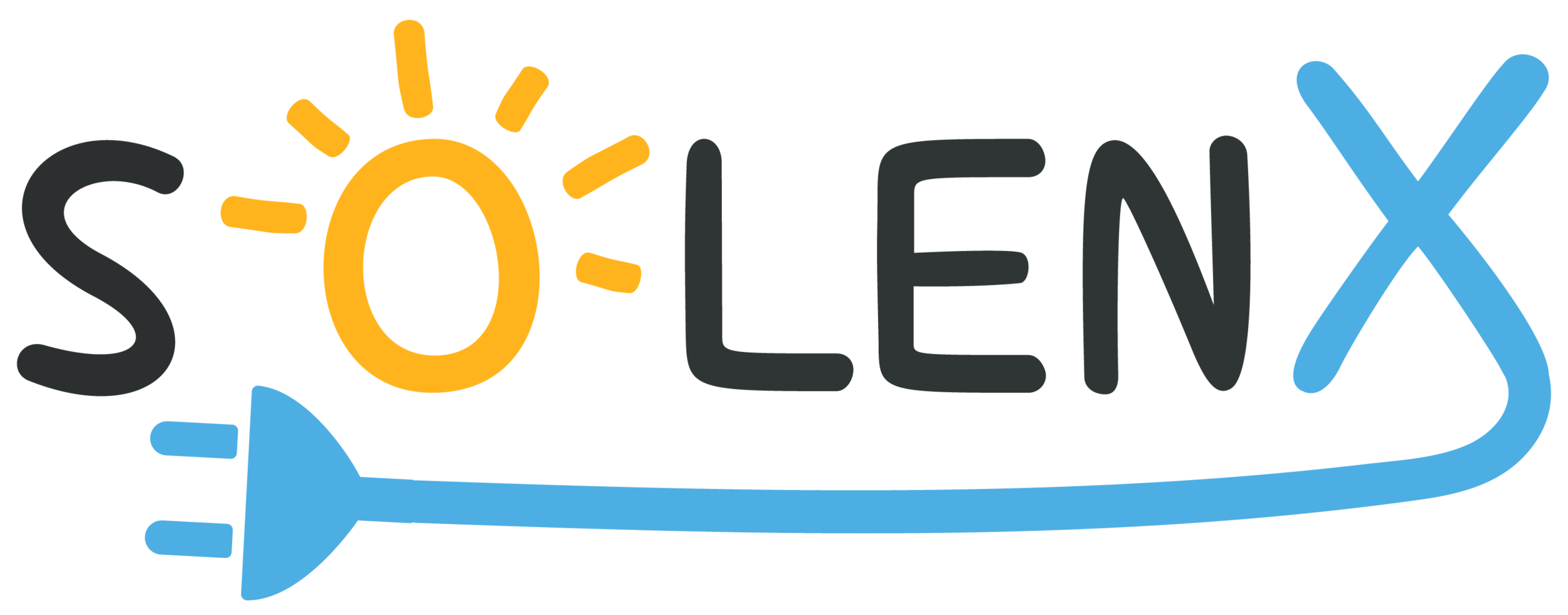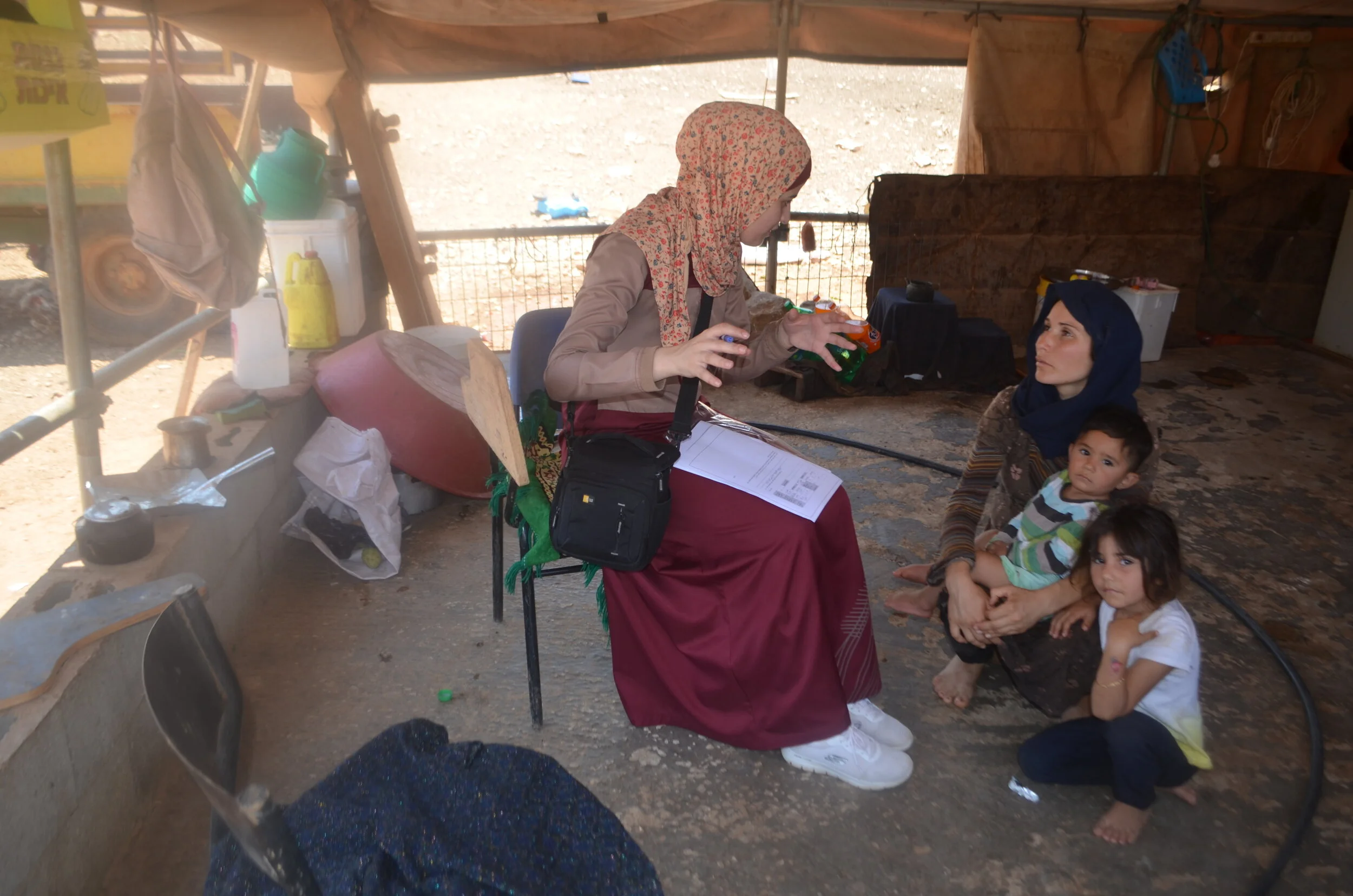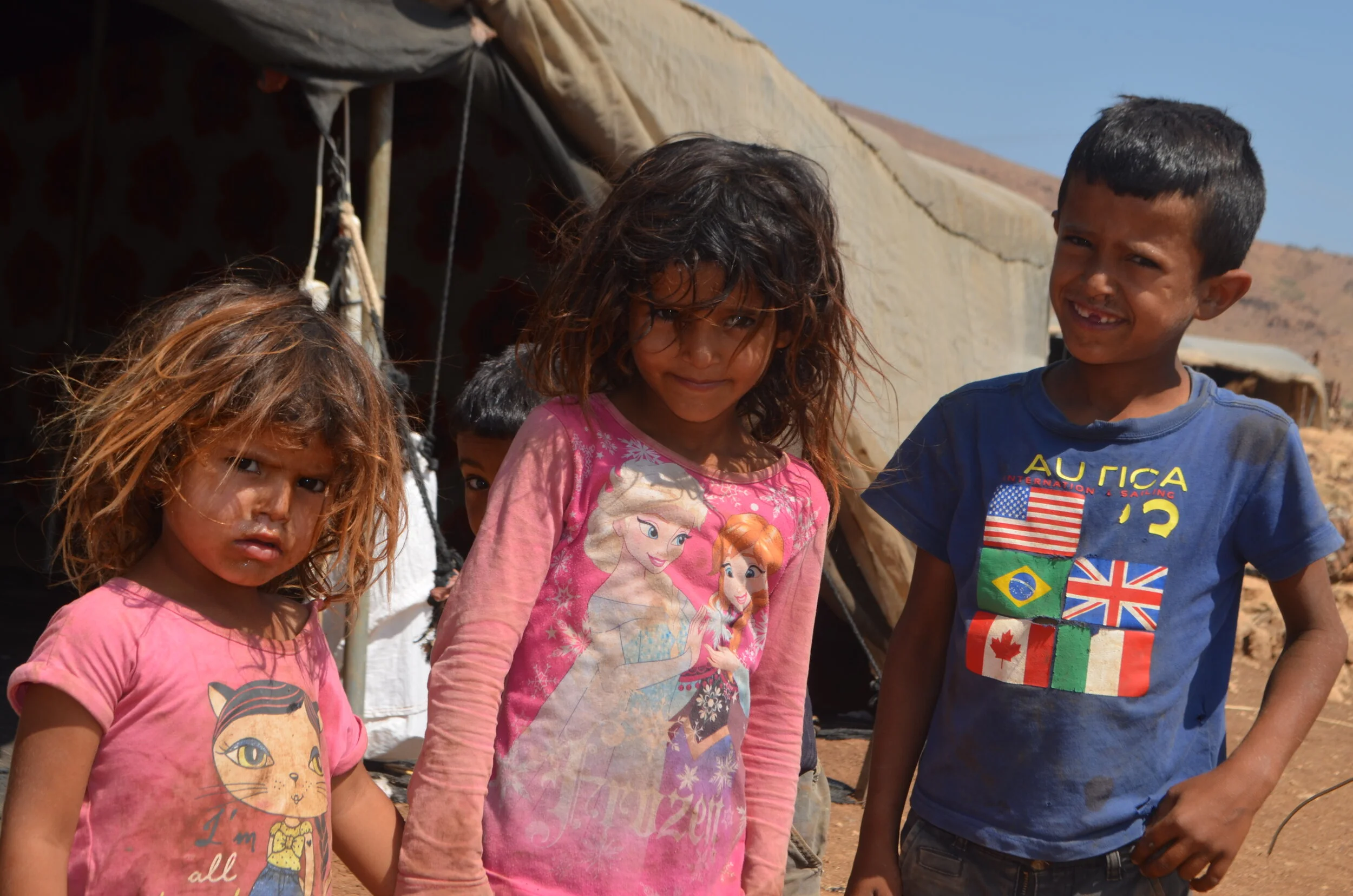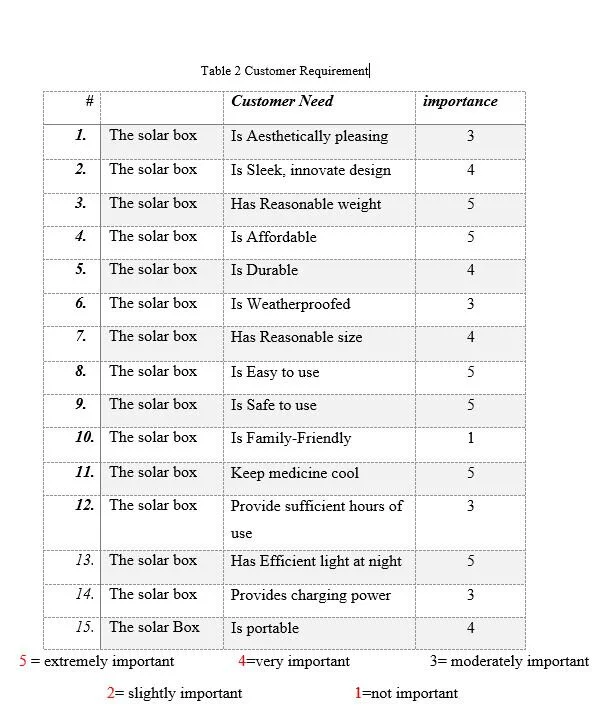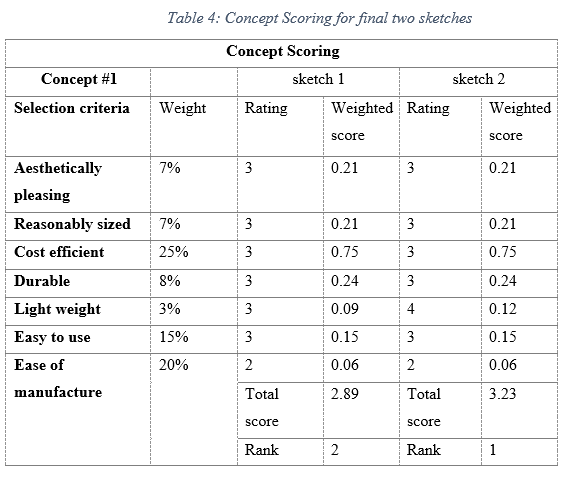SOLENX : Portable Solar Product
“Off-Grid” doesn’t mean “Off-Life”
How can we provide a sustainable future for families off-grid in rural and remote areas to cover their basic electricity needs?
Duration: 9 months ( Sep 2017 - May 2018 )
Problem
There are more than 1.2 billion people around the world do not have access to electricity, and 80% of them live in rural areas of Sub-Saharan Africa and Southeast Asia. Off-grid Palestinian villages live in bad socio-economic conditions facing the lack of proper diabetic members care, risks of health problems such as lung and eye diseases, improper education for children due to unsustainable,polluting lightening solutions.
Goal
To provide off-grid remote families the chance to get some of the basic functions through a durable well designed product that is capable of delivering their needs with a portable weight, good price point and durable features.
To publish a research paper addressing the issue and encourage other sustainable solutions.
Solution
SolenX is a multi-functional portable solar home system (SHS) represented by an innovative, affordable, clean, and lightweight product designed specifically to supply off-grid remote and rural families with electricity to cover their basic needs.
Target Users
Off-grid remote and rural families in which electrical basic needs are not covered.
Outdoor Campers.
My Role
I was the team leader responsible for the product design cycle , I guided the team members from the outset of research process , as well as articulated user requirements, target specifications and ideation phase. In addition , I was responsible of creating the business and financial model of SolenX.
Awards
This project won the first place of The Regional Hult prize foundation competition in Singapore ( March 2018) , competing with 50 International teams from 27 countries.
Hult Prize Foundation challenge students to solve a pressing social issue around topics such as food security, water access, energy, and education to win a million dollar investment.
Team
Prof . Tamer Khatib - Supervisor
Dr.Mohammad Othman - Supervisor
Heba Dwikat - Team Leader
Farah Alhamd - Team member
Ammar Shaar - Team member
Main Constraints
Limited access : Most of our users lived in areas that are not easily accessible to public , often close by settlements and military training , we were only able to do two field trips in the span of nine months.
Prototyping constraints : Due to time and financial constraints , we weren’t able to make a physical version of our solution and test it with our users.
Research
Primary Research
We adapted the methodology of Field Research , in order to understand and observe our users in their natural context and with the help of my city council , we had a full day field trip to visit 3 out of 31 remote areas communities in the west bank. We used three methods to collect data:
Unstructured Interviews : We interviewed five women and two men to understand their everyday struggle and listen to their solutions , each interview lasted between 30 - 45 minutes.
Surveys : We surveyed 30 users in order to collect information about their demographics , family size , tint or House size and utilities , financial status and open -ended questions about preferred needs.
Focus group : I ran an unstructured focus group with six amazing housewives to understand their struggles when it comes to raising their children without electricity.
Secondary Research
The Palestinian central bureau of statistical records website.
Data from non - profit funded projects offering solar panels to C regions .
Interviewing local engineers who worked with non -profit organizations in these remote areas.
Research Findings
Remote families rely heavily on candles, kerosene lamps and fire to light their dark nights.
They walk long distances to charge their phones to the nearest town or village.
They struggle with diabetic family members due to the lack of constant refrigeration of their medicine.
Children are unable to finish their study properly once the sun goes down.
Most remote families are always on the go due to their live stock.
Some Non - profit organization provide solar panels but they face difficulties installing and maintaining them due to the remote nature of these areas.
Our Solution
Listening to our users , we focused on providing four important features in the product , these features are :
User Requirements
The features above were incorporated in a list of user requirements for the overall Solar box , working with my team , we conducted a competitive analysis with similar products targeted for camping in order to set the ground for our technical and financial constraints.
Ideation
After identifying customer needs and establishing target specifications , I sketched 20 different concepts on three iterations , each concept was screened and validated using a criteria derived from user requirements . After comparing the relative strengths and weaknesses of the concepts. Two concepts as shown in phase two were sketched and screened as shown below.
The Product
We used Solidworks and Autodesk 3DMax to bring a realistic version of our sketches , due to the financial and time constraints of creating a prototype , we revisited our users with the design and explained to them what this product would offer. Our users were enthusiastic about the concept and 86% of them stated that they would buy it when it becomes available.
The final product consisted of :
24-hr mini refrigerator to store medicines and animal vaccines.
Two Powerful LED lamps to increase productive time.
Two USB ports to charge portable electronics like phones.
AA/AAA battery charger to recharge batteries for radios and flashlights.
60W foldable solar panel to power internal 480Wh Li-ion battery.
Reflection
What I learned
Delivering a product from research, Ideation, prototyping to pitching it to international stakeholders.
Improved cross-functional communication skills by leading cross-functional team to incorporate user centered design into engineering solutions.
To embrace ambiguity and work with constraints.
Next Steps
This project is dear to my heart , I wanted to give back to the community by bringing it to life , a next step for me would be :
Manufacture a physical functional prototype of the final solution.
conduct user testing with our users using methods like diary study and iterate on the solution


